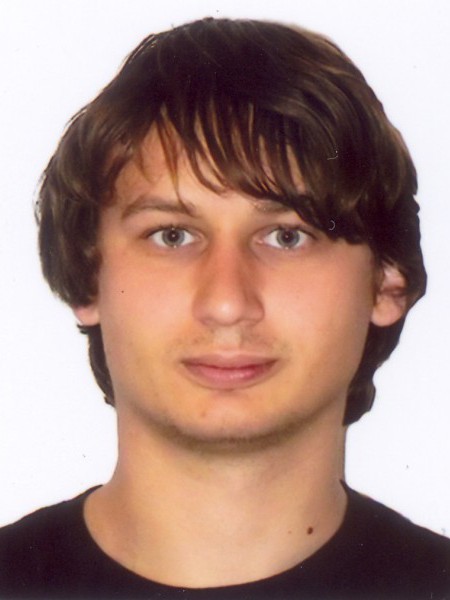resumo
In the frame of the current work, it was shown that plasma electrolytic oxidation (PEO) treatment can be applied on top of phosphoric sulfuric acid (PSA) anodized aluminum alloy AA2024. Being hard and well-adherent to the substrate, PEO layers improve both corrosion and wear resistance of the material. To facilitate PEO formation and achieve a dense layer, the systematic analysis of PEO layer formation on the preliminary PSA anodized layer was performed in this work. The microstructure, morphology, and composition of formed PEO coatings were investigated using scanning electron microscopy (SEM), x-ray diffraction (XRD), and glow-discharge optical emission spectroscopy (GDOES). It was shown that under constant current treatment conditions, the PSA layer survived under the applied voltage of 350 V, whilst 400 V was an intermediate stage; and under 450 V, the PSA layer was fully converted after 5 min of the treatment. The comparison test with PEO formation on the bare material was performed. It was confirmed that during the "sparking" mode (400 V) of PEO formation, the PEO coatings, formed on PSA treated AA2024, were more wear resistant than the same PEO coatings on bare AA2024.
palavras-chave
PLASMA ELECTROLYTIC OXIDATION; ALUMINUM-ALLOYS; CERAMIC COATINGS; CHROMATE
categoria
Materials Science
autores
Serdechnova, M; Karpushenkov, SA; Karpushenkava, LS; Starykevich, M; Ferreira, MGS; Hack, T; Iuzviuk, MH; Zobkalo, IA; Blawert, C; Zheludkevich, ML
nossos autores
Projectos
MULTI-functional metallic SURFaces via active Layered Double Hydroxide treatments (MULTISURF)
agradecimentos
This research was partially funded by the MULTISURF project ("MULTI-functional metallic SURFaces via active Layered Double Hydroxide treatments" in the frame of H2020-MSCA-RISE-2014) grant number 645676). M.H.I. wants to acknowledge the G-RISC (German-Russian Interdisciplinary Science Center) for the partial financial support of this work (Project number T-2018a-3).




